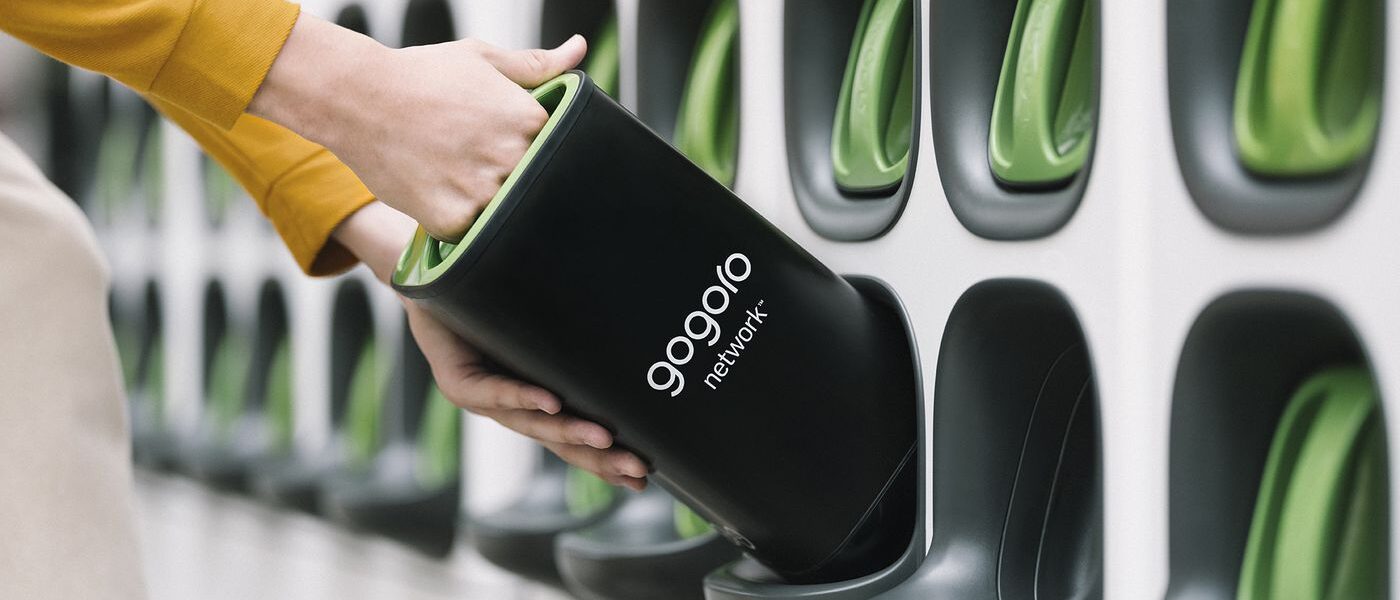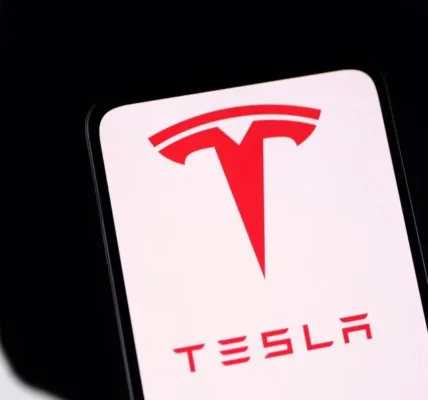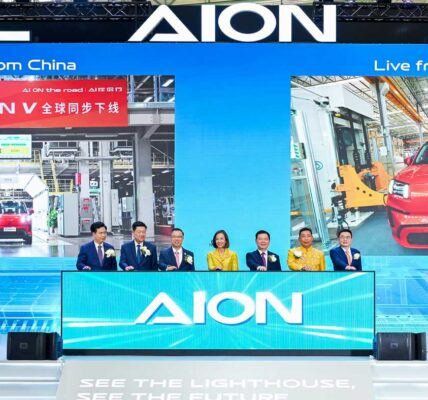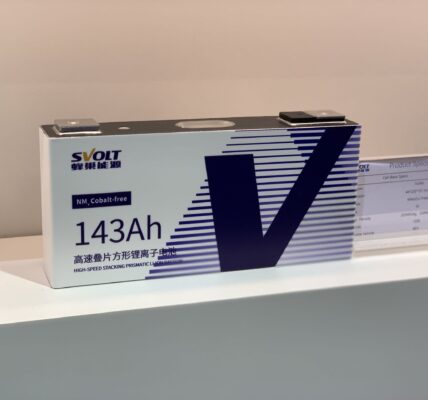Gogoro, a global technology leader in battery swapping ecosystems that enable sustainable urban mobility, today launched its leading battery swapping system in China, the largest two-wheel vehicle market in the world. Gogoro is partnering with China’s leading vehicle makers, Yadea and Dachangjiang (DCJ) to introduce the new Gogoro-powered Huan Huan battery swapping brand, first in Hangzhou and to additional cities in 2022. The partnership brings together three industry leaders that share a vision for the future of sustainable two-wheel transportation in China and are committed to establishing smart infrastructure that will enable its urban growth.
“Yadea, DCJ, and Gogoro have partnered to take electric two-wheel transportation in China to a new level of sustainability, reliability, and safety. Together, we are introducing the new Huan Huan battery swapping brand that utilizes Gogoro’s world-leading battery swapping system, together with new vehicles from Yadea and DCJ,” said Horace Luke, founder, and CEO, Gogoro Inc. “Today’s launch in China, the world’s largest two-wheel market with more than 300 million riders, is a key milestone for all cities. By working with Yadea, the world’s leading electric two-wheel maker, and DCJ, China’s largest gas two-wheel maker, we are making safe and convenient electric mobility accessible to people in Hangzhou China today and in the future to hundreds of millions of urban riders in China and around the world.”
Gogoro’s battery swapping ecosystem is an established leader for electric refueling of lightweight urban vehicles and key to Gogoro’s partnership with Yadea and DCJ, both companies are developing a range of two-wheel vehicles built for the Gogoro battery swapping platform.
Yadea, the #1 electric two-wheel maker in the world, today unveiled two new Gogoro-powered vehicles that utilize Gogoro battery swapping that are available in Hangzhou today.
“As a global leader in electric two-wheel vehicles, Yadea is creating innovative vehicles that enable greener transportation choices that are more innovative, safer, and environmentally friendly. We also are committed to delivering the best electric refueling possible. Gogoro’s leading battery swapping system delivers a new standard for electric refueling that reduces consumer anxiety in battery life and range, battery availability and overall usage costs,” said Dong Jinggui, chairman, Yadea Technology Group Co. Ltd. “With Huan Huan’s launch of Gogoro’s battery swapping system in Hangzhou, we are unveiling two new vehicles as part of a larger portfolio of Gogoro-powered vehicles. Together, we are changing the future of green transportation in China and we are looking forward to expanding to several new cities in 2022.”
DCJ, the #1 gas-powered two-wheel maker in China, also demonstrated its first electric two-wheel prototype that integrates Gogoro battery swapping and is expected to be available in 2022.
“Dachangjiang is committed to embracing the national strategic goal of peak emissions and carbon neutrality to reduce overall emissions and we are investing significantly in developing new innovative electric vehicles that utilize Gogoro’s leading battery swapping system,” said Li Jianjun, executive director of the board, Jiangmen Dachangjiang Group Co., Ltd. (DCJ). “Huan Huan’s launch of Gogoro’s battery swapping system in Hangzhou is a significant step in establishing a new era in electric refueling and we look forward to offering new vehicles in Hangzhou and expanding to new cities in 2022.”
About Gogoro
Founded in 2011 to rethink urban energy and inspire the world to move through cities in smarter and more sustainable ways, Gogoro leverages the power of innovation to change the way urban energy is distributed and consumed. Gogoro’s battery swapping and vehicle platforms offer a smart, proven, and sustainable long-term ecosystem for delivering a new approach to urban mobility. Gogoro has quickly become an innovation leader in vehicle design and electric propulsion, smart battery design, battery swapping, and advanced cloud services that utilize artificial intelligence to manage battery availability and safety. The challenge is massive, but the opportunity to disrupt the status quo, establish new standards, and achieve new levels of sustainable transportation growth in densely populated cities is even greater.






